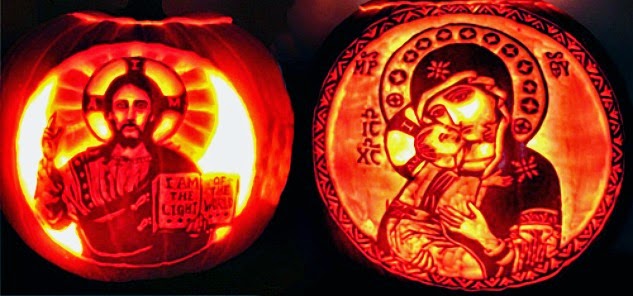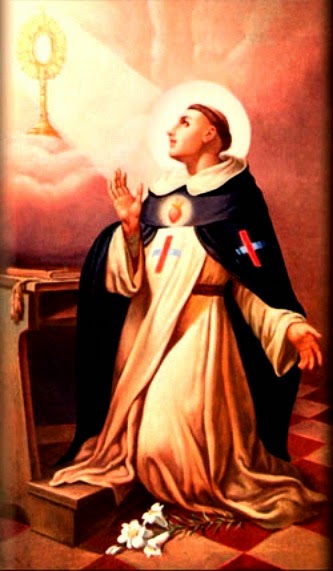Celebrating All Hallows' Eve and its Catholic Roots
Today we celebrate the eve of All Saints. Pope Sixtus IV in 1484 established November 1, the feast of All Saints, as a holy day of obligation and gave it both a vigil (known today as "All Hallows' Eve" or "Hallowe'en") and an eight-day period or octave to celebrate the feast. By 1955, the octave of All Saints was removed.
All Hallows' Eve
Halloween or All Hallows' Eve is not a liturgical feast on the Catholic calendar, but the celebration has deep ties to the Liturgical Year. These three consecutive days — Halloween, All Saints Day and All Souls Day — illustrate the Communion of Saints. The Church Militant (those on earth, striving to get to heaven) pray for the Church Suffering (those souls in Purgatory) especially on All Souls Day and the month of November. We also rejoice and honor the Church Triumphant (the saints, canonized and uncanonized) in heaven. We also ask the Saints to intercede for us, and for the souls in Purgatory.
Since Vatican II, some liturgical observances have been altered, one example being "fast before the feast" is no longer required. Originally, the days preceding great solemnities, like Christmas and All Saints Day, had a penitential nature, requiring abstinence from meat and fasting and prayer. Although not required by the Church, it is a good practice to prepare spiritually before great feast days.
In England, saints or holy people are called "hallowed," hence the name "All Hallow's Day." The evening, or "e'en" before the feast became popularly known as "All Hallows' Eve" or even shorter, "Hallowe'en."
Since the night before All Saints Day, "All Hallows Eve" (now known as Hallowe'en), was the vigil and required fasting, many recipes and traditions have come down for this evening, such as pancakes, boxty bread and boxty pancakes, barmbrack (Irish fruit bread with hidden charms), colcannon (combination of cabbage and boiled potatoes). This was also known as "Nutcrack Night" in England, where the family gathered around the hearth to enjoy cider and nuts and apples.
Halloween is the preparation and combination of the two upcoming feasts. Although the demonic and witchcraft have no place for a Catholic celebration, some macabre can be incorporated into Halloween. It is good to dwell on our impending death (yes, everyone dies at one point), the Poor Souls in Purgatory, and the Sacrament of the Sick. And tied in with this theme is the saints, canonized and non-canonized. What did they do in their lives that they were able to reach heaven? How can we imitate them? How can we, like these saints, prepare our souls for death at any moment?
A Prayer to be used on All Hallows' Eve
O God, the King of saints, we praise and glorify your holy Name for all your servants who have finished their course in your faith and fear: for the blessed Virgin Mary; for the holy patriarchs, prophets, apostles, and martyrs; and for all your other righteous servants, known to us and unknown; and we pray that, encouraged by their examples, aided by their prayers, and strengthened by their fellowship, we also may be partakers of the inheritance of the saints in light; through the merits of your Son Jesus Christ our Lord. Amen.
~The Book of Common Prayer, p. 504.
Related Posts:
Halloween: Another secularization of a Catholic tradition -- St. Louis Review
IT'S TIME FOR CATHOLICS TO EMBRACE HALLOWEEN -- Word on Fire blog by Father Steve Grunow






Comments
Post a Comment
Comments are moderated and are published at the blogger's discretion.